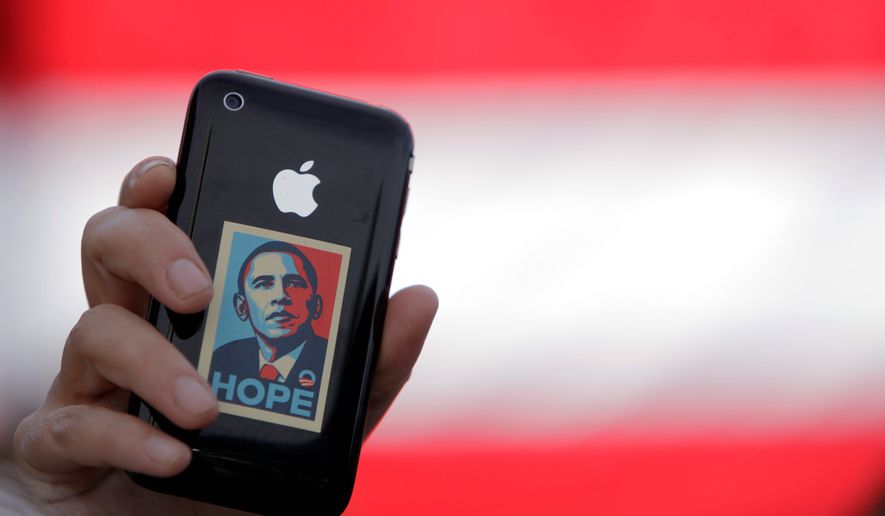The controversial “Obamaphone” program, which pays for cellphones for the poor, is rife with fraud, according to a new government report released Thursday that found more than a third of enrollees may not even be qualified.
Known officially as the Lifeline Program, the phone giveaway became a symbol of government waste in the previous administration. Now a new report from the Government Accountability Office bears out those concerns.
The report, requested by Sen. Claire McCaskill, Missouri Democrat, also says the program has stashed some $9 billion in assets in private bank accounts rather than with the federal treasury, further increasing risks and depriving taxpayers of the full benefit of that money.
“A complete lack of oversight is causing this program to fail the American taxpayer — everything that could go wrong is going wrong,” said Mrs. McCaskill, ranking Democrat on the Senate’s chief oversight committee and who is a former state auditor in Missouri.
“We’re currently letting phone companies cash a government check every month with little more than the honor system to hold them accountable, and that simply can’t continue,” she said.
The program, run by the Federal Communications Commission, predates President Obama, but it gained attention during his administration when recipients began to associate the free phone with other benefits he doled out to the poor.
Some 10.6 million people have an Obamaphone, but 36 percent of them may not qualify, investigators said after sampling the population and finding a huge chunk of people couldn’t prove they were eligible.
More than 5,500 people were found to be enrolled for two phones, while the program was paying for nearly 6,400 phones for persons the government has listed as having died.
Investigators also submitted fraudulent applications to see what would happen, and 12 of the 19 phone carriers they applied to approved a phone.
The theory behind the program was that poor people needed a phone to apply for a job or conduct other business in the modern economy, so they were provided with what was supposed to be a low-cost, limited-service benefit.
Though the program is administered by the federal government, funding comes from cellphone carriers, who pass the costs on to customers through the universal service fee charge that many see on their monthly bills.
Thursday’s report is just the latest warning from the GAO, which is the government’s chief watchdog. Previous reports had warned the Obama administration the program was susceptible to double-dipping, and that the FCC didn’t even have a good yardstick to measure whether the program was meeting its goals.
The FCC had promised to make changes, but the new report says those have fallen short.
GAO investigators questioned whether the program is even needed anymore. The price of phones and service on many plans have dropped dramatically, making them affordable for nearly everyone, the GAO says. Investigators also found that without the free government phone, many recipients would gladly pay for the services on their own anyway.
In its official response, the FCC called the GAO’s report “thoughtful” and promised to try to clean up the program. It said it’s already taken steps to improve the situation.
• Stephen Dinan can be reached at sdinan@washingtontimes.com.




Please read our comment policy before commenting.